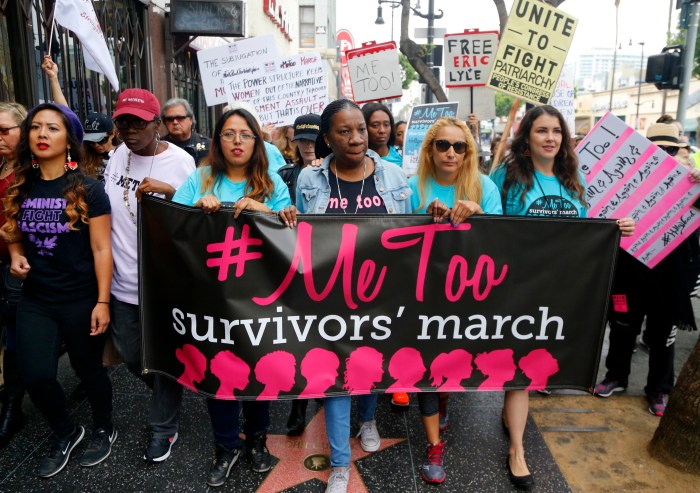By Joan Brown Wettingfeld
We hear much about the “wearing of the green,” but it is really not green but blue that was associated with St. Patrick.
Green, the color most associated with the Irish, and with St. Patrick’s Day in our modern times, may be identified with that phrase. Its real meaning, however, refers to pinning a shamrock on one’s clothing. Many times in Irish history to do so was seen as a sign of Irish nationalism or loyalty to one’s faith.
St. Patrick used the shamrock, with its three leaves, to explain to the pre−Christian Irish the meaning of the Holy Trinity. The change to Ireland’s use of green rather than blue most likely began in the 1750s.
The St. Patrick’s Day Parade, held on March 17, has a colorful history and also served as a political symbol in 19th century New York City. Its story harkens back to and is rooted in the legend of St. Patrick in ancient Ireland.
According to what can be culled from history, the earliest celebration of St. Patrick’s Day in America is credited to Boston in 1737, when colonists of Irish descent marked the event with a parade.
This Boston event, though early, is challenged by some historians who believe the first such event was held in what was to become New York City and was the idea of Irish−born Roman Catholic Thomas Dongan, governor of the province of New York from 1683−85. There is evidence in early newspapers that there were notices of gatherings for such a celebration to be held at local taverns.
In March 1766, The New York Mercury mentioned that the playing of the fife and drum was “very agreeable.” Two British infantry regiments were involved. At that time, men of the British infantry serving in America were primarily Irish and had marched in parade formation on St. Patrick’s Day. They were to initiate an organization called “The Friendly Brothers of St. Patrick.”
In 1780, Gen. George Washington, who commanded soldiers of Irish descent in our Continental Army, gave his troops a holiday on March 17, “as an act of solidarity with the Irish in their fight for independence.” After the American Revolution, there were changes in celebration rituals and the toast “to the health of the king” ceased to be used.
Parades in New York continued in the early 1840s and 1850s, mostly processions from parish churches in the city to the original St. Patrick’s Cathedral, located at that time on Mott Street. It is amazing to note the number of civic and political organizations that were celebrating the day.
Formed in the 1830s to combat “nativism,” the Ancient Order of Hibernians began organizing one massive parade, which is still done today. Competition sometimes reared its ugly head, and in 1858 two large and competing St. Patrick’s Day parades appeared in the city.
Today’s modern parade emerged in 1891, when the Ancient Order of Hibernians adopted the route we know today along Fifth Avenue. What also became standard was the banning of wagons and floats. Since that time, the parade is essentially as it would have been like in the 1890s, with thousands of marchers accompanied by many brass bands and bagpipe groups.
Many other cities stage large parades on this special day, such as Boston, Chicago and Savannah, Ga., for example. Large parades have been resurrected in Dublin since 1990 and a group of colorful puppet−like characters has been added.
This year’s parade in our city starts at 44th Street and travels north to the Midtown area between 42nd and 86th streets. Do not drive, but walk to Fifth Avenue.
Joan Brown Wettingfeld is a historian and freelance writer.































